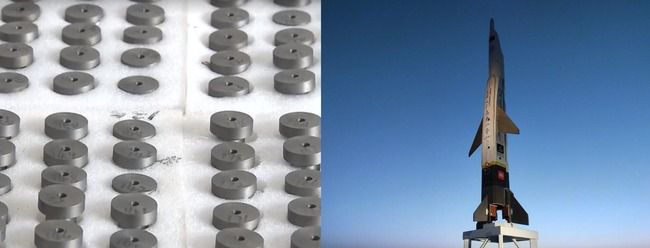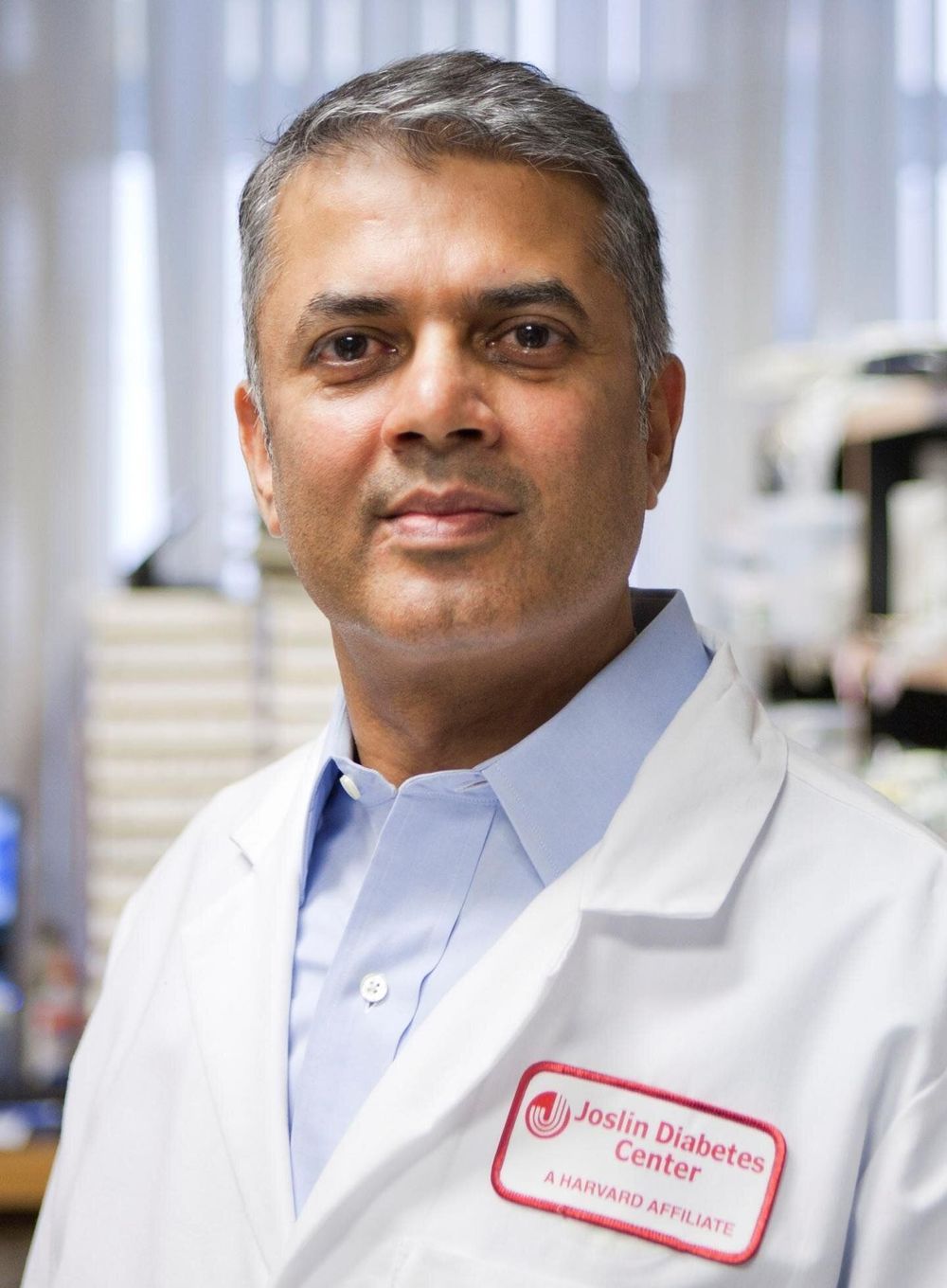The new material is far superior than Western hypersonic technologies.



Do you hear that? It’s the sound of Google executives practicing their lines ahead of Google I/O. The company’s annual developer conference in Mountain View, California, kicks off this Tuesday. The three-day event gives Google a chance to show off its latest work and set the tone for the year to come.
Can’t make it to the Shoreline Amphitheater? You can watch the entire keynote on the event page or on the Google Developers YouTube channel. It begins at 10 am PT (1 pm ET) on May 7 and should last for about 90 minutes. We’ll liveblog the whole thing here on WIRED.com.
Google I/O is technically a developer’s conference, and there should be plenty of talk about all the fun things developers can build using Google’s latest tools. But it’s also an opportunity to get consumers excited about what’s cooking in Mountain View. Last year, the company used the conference to debut its “digital wellness” initiative and a suite of new visual search tools for Google Lens. It also introduced Duplex, the eerily realistic AI assistant that can make dinner reservations and schedule haircuts like a human would.


2014 Basically a real replicator could be possible with this discovery.
Imperial College London physicists have discovered how to create matter from light — a feat thought impossible when the idea was first theorised 80 years ago.
In just one day over several cups of coffee in a tiny office in Imperial’s Blackett Physics Laboratory, three physicists worked out a relatively simple way to physically prove a theory first devised by scientists Breit and Wheeler in 1934.
Breit and Wheeler suggested that it should be possible to turn light into matter by smashing together only two particles of light (photons), to create an electron and a positron – the simplest method of turning light into matter ever predicted. The calculation was found to be theoretically sound but Breit and Wheeler said that they never expected anybody to physically demonstrate their prediction. It has never been observed in the laboratory and past experiments to test it have required the addition of massive high-energy particles.

Electric bicycles are becoming so popular that they are now available in a wide range of styles. While conventional categories like electric road bikes and cruisers are common, a new wave of vintage-inspired electric bicycles is gaining in popularity. The Titan R electric bicycle is the latest to offer an eye catching cafe racer design.

Many in-development cures for type 1 diabetes have understandably focused on tackling the autoimmune aspect of the disease before figuring out a way to replace the destroyed beta cells. But what if focusing on the beta cells first could prevent their destruction altogether?
Researchers at Joslin have found that increasing the proliferation and turnover of beta cells before signs of type 1 diabetes could halt the development of the disease. In animal models, researchers in the lab of Rohit N. Kulkarni MD Ph.D., HMS Professor of Medicine and Co-Section Head of Islet and Regenerative Biology in the Joslin Diabetes Center, pushed the growth of beta cells while the animals were still young—meaning organs of the immune system were still developing, and still susceptible to manipulation. The results were published today in Nature Metabolism.
“We are clearly the first to show that if you push the proliferation to continuously generate new insulin producing beta-cells before the immune cell invasion starts then, for some reason we are still trying to figure out, immune cells stop attacking the beta cell,” says Dr. Kulkarni.


A machine learning algorithm can detect signs of anxiety and depression in the speech patterns of young children, potentially providing a fast and easy way of diagnosing conditions that are difficult to spot and often overlooked in young people, according to new research published in the Journal of Biomedical and Health Informatics.
Around one in five children suffer from anxiety and depression, collectively known as “internalizing disorders.” But because children under the age of eight can’t reliably articulate their emotional suffering, adults need to be able to infer their mental state, and recognise potential mental health problems. Waiting lists for appointments with psychologists, insurance issues, and failure to recognise the symptoms by parents all contribute to children missing out on vital treatment.
“We need quick, objective tests to catch kids when they are suffering,” says Ellen McGinnis, a clinical psychologist at the University of Vermont Medical Center’s Vermont Center for Children, Youth and Families and lead author of the study. “The majority of kids under eight are undiagnosed.”

2015
After an oil spill, the number one priority is finding a way to contain and remove the oil. Boat operators sometimes deploy physical booms to trap the oil so that it can be siphoned or burned off of the water’s surface. But, because oil in water is tricky to contain, other methods for corraling it call for adding manmade chemicals to the water.
In a technique called dispersion, chemicals and wave action break down the oil into smaller particles, which then disperse and slowly biodegrade over a large area. Then, there is chemical herding. To clean up an oil spill with a chemical herder, crews spray a compound around the perimeter of the spill. The compound stays on the surface and causes the oil to thicken. Once it’s thick enough, it can be burned off. Chemical herding requires calm water, which makes it unreliable in some spills, but, unlike mechanical removal or dispersion, it gets all the oil. The technique has been around since the 1970s, but, until now, the chemicals used to herd the oil, called soap surfectants, didn’t break down over time. After the oil burned off, they’d still be in the ecosystem.
Researchers at the City College of New York, led by chemist George John and chemical engineer Charles Maldarelli, have developed a way to clean up oil using a chemical herder made of phytol, a molecule in chlorophyll that makes algae green.
It’s the first non-toxic, natural way to remediate oil spills.